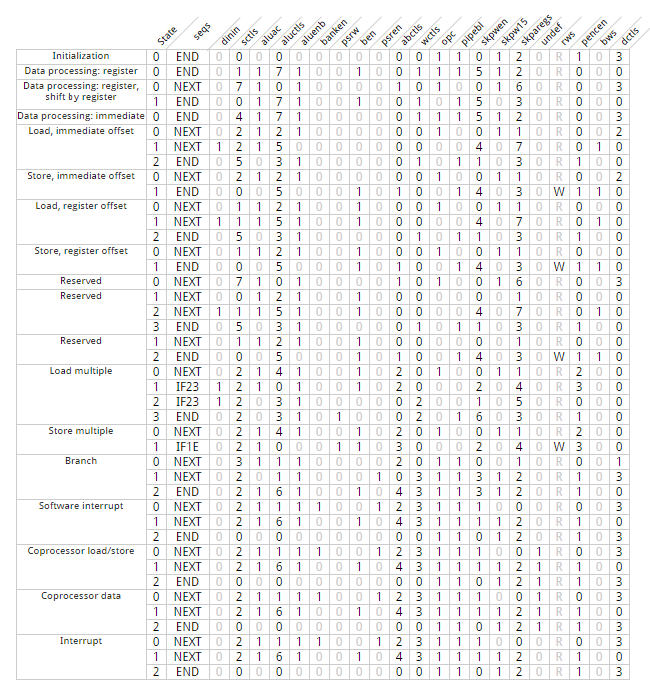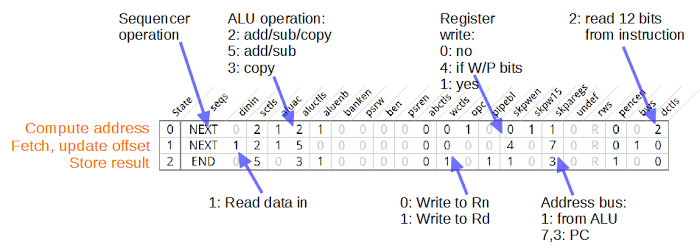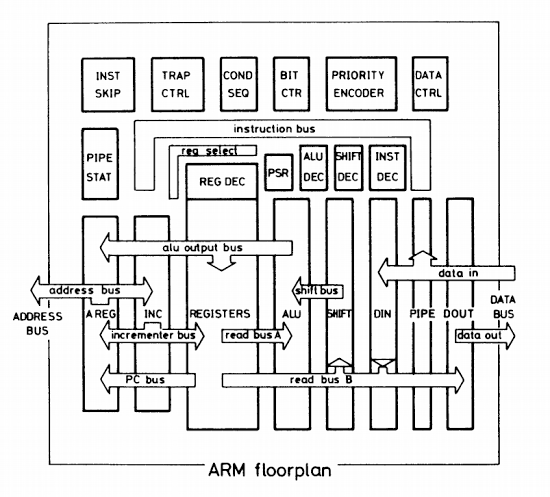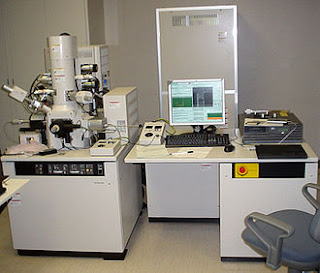MIFARE Classic Tool - MCT
This is an Android NFC-App for reading, writing, analyzing, etc. MIFARE® Classic RFID-Tags.
GENERAL INFORMATION
This tool provides several features to interact with (and only with) MIFARE Classic RFID-Tags.
It is designed for users who have at least basic familiarity with the MIFARE Classic technology.
┏━┫ PLEASE READ ┣━
┃Please read the whole page and make sure you got everything right before rating. Thank you!
┃If you rate with less then 4 stars, please leave a comment why. This way I can improve this app.
┃If you like MCT please consider to buy the donate version.
┗━
FEATURES
• Read MIFARE Classic tags
• Save and edit the tag data you read
• Write to MIFARE Classic tags (block-wise)
• Clone MIFARE Classic tags
(Write dump of a tag to another tag; write 'dump-wise')
• Key management based on dictionary-attack
(Write the keys you know in a file (dictionary).
MCT will try to authenticate with these
keys against all sectors and read as much as possible.)
• Format a tag back to the factory/delivery state
• Write the manufacturer block of special MIFARE Classic tags
• Create, edit and save key files (dictionaries)
• Decode & Encode MIFARE Classic Value Blocks
• Decode & Encode MIFARE Classic Access Conditions
• Compare dumps (Diff Tool)
• Display generic tag information
• Display the tag data as highlighted hex
• Display the tag data as 7-Bit US-ASCII
• Display the MIFARE Classic Access Conditions as a table
• Display MIFARE Classic Value Blocks as integer
• In-App (offline) help and information
• It's open source (GPLv3) ;)
https://play.google.com/store/apps/details?id=de.syss.MifareClassicTool&hl=en














